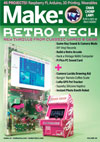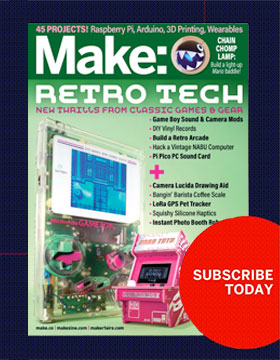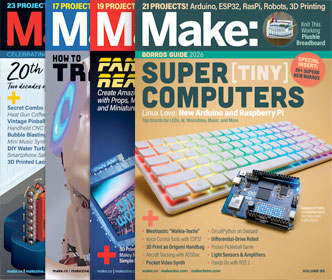

If you’re interested in experimenting with GFRC, however, you may have noticed that practical how-to information is a bit scarce online. The notable exception, IMHO, is this pair of hands-on tutorials from Brandon Gore (who produced the cool concrete coffee table with cast-in saucers we hit last Friday), first published in Concrete Decor magazine in the summer of 2008 and now freely available on their website.
In the first, Brandon details three different concrete mix recipes used in the casting of a GFRC bathroom counter with integral sink. These are the “face coat,” which is sprayed in to line the mold and does not contain fibers, the “vertical backing coat,” which is applied behind the face coat to the panel’s upright surfaces, and the “self-consolidating backing coat,” which fills in the rest. In the second article, Brandon covers the process of actually applying the mixtures to the mold. [Thanks, Brandon!]
7 thoughts on “How To: Mix and Mold Glass Fiber-Reinforced Concrete (GFRC)”
Comments are closed.
ADVERTISEMENT
Join Make: Community Today













Reminds me of a project at the university concerning “Ultra High Performance Concrete” (UHPC).
UHPC uses steel fibers as reinforcement and a custom calculated mixture of tiniest grains to achieve an almost glass-like and impenetrable surface finish.
See the links to get an impression:
http://www.uni-kassel.de/fb12/wwtwl/projekte/InExTerior/index.html
http://666kb.com/i/c2v2g18eqyj9i3vfb.jpg
http://666kb.com/i/c2v2ikabplxf898lz.jpg
http://666kb.com/i/c2v2lielzztf9m1uf.jpg
For more info leave a reply.
Regards, Confu
Hello Confu,
Could You post a valid link to UHPC project please, the current link you’ve posted is broken
Hello Jivko,
try this link:
http://books.google.de/books?id=5KxgsSN8jLIC&printsec=frontcover&hl=de#v=onepage&q&f=false
It´s an excerpt of the project documentation and links where you can order a printed version. Only available in german, sorry.
Thanks for your interest,
regards, Confu
[…] Be the first to like this post. Makers in this post: Like this: MAKE | How-To: Mix and Mold GFRC […]
Thanks for posting this Sean. We have been teaching classes on using GFRC to cast concrete countertops and concrete sinks since 2005. We recently formally branded that endeavor and relaunched it. That new program is called Concrete Design School, and we offer a host of classes from advanced fabric-forming and molding techniques to a basic 1-day “Weekend Warrior” class. Interested readers can learn more at http://www.concretedesignschool.com
The concretedecor.net links are 404
Here are the correct links to the tutorials
Mix Design: http://www.concretedecor.net/decorativeconcretearticles/vol-8-no-4-junejuly-2008/gfrc-mix-design/
GFRC Application: http://www.concretedecor.net/decorativeconcretearticles/vol-8-no-5-august-2008/gfrc-application/